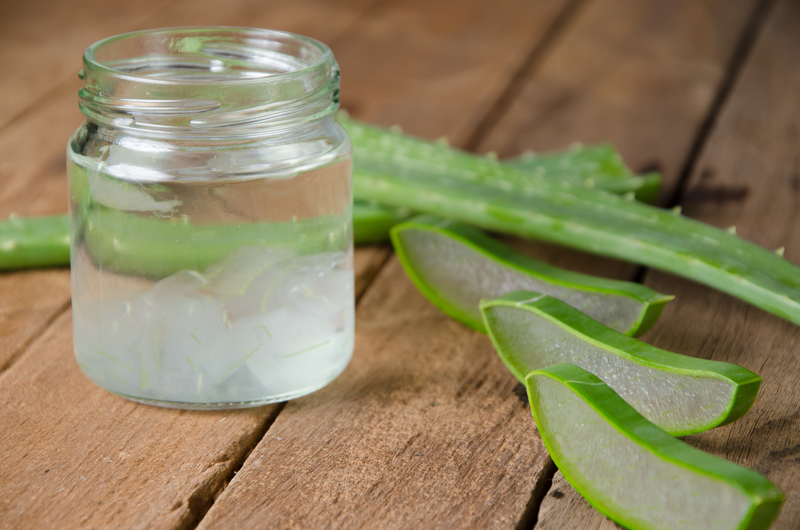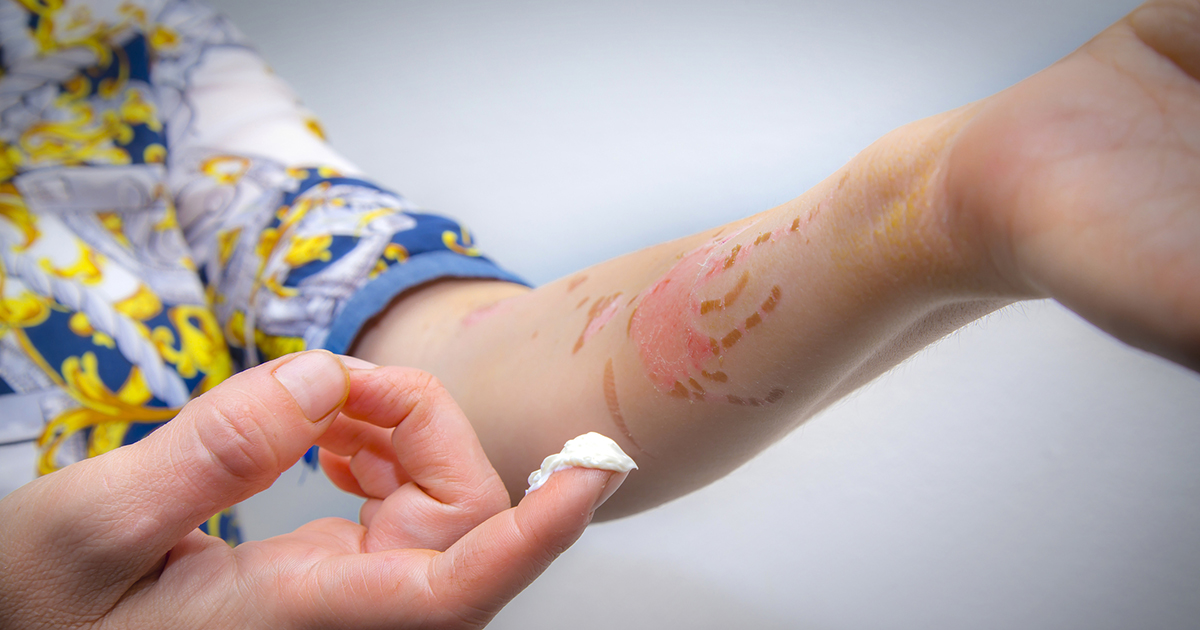How To Treat Citrus Burns
Phytophotodermatitis, most commonly referred to as citrus burns, is a skin condition in which the chemical compound found in citrus fruits reacts with the sun's ultraviolet rays, making the skin more sensitive to sunlight, causing it to burn. Limes are the most common source of citrus burns, but other fruits and vegetables, such as lemons, carrots, oranges, and parsnips also have this capacity. The onset of symptoms from a citrus burn typically takes about twenty-four hours from the initial contact. Redness and irritation usually occur first, followed by burn blisters occurring along the area in which the citrus elements had contact with the skin.
Start reading now to learn about the various ways to treat citrus burns effectively.
Moisturize Minor Burns

Typically minor, first-degree citrus burns can be treated without medical intervention and with over-the-counter products. Using gels and lotions to moisturize minor burns can reduce discomfort and pain. Aloe vera is a fantastic skin moisturizer and has been used for centuries to treat minor burns and cuts. Fresh aloe vera can typically be purchased at grocery and specialty stores and is the best option. Cutting a small portion of the plant and rubbing the gel from inside the leaf directly onto the burn can help patients with citrus burns to find almost immediate relief. If fresh aloe vera is not available, plenty of over the counter products contain aloe vera, and these can work as well. Products containing shea butter are also great moisturizers for citrus burns.
Keep reading for more on potential treatments for citrus burns now.
Topical Medications

Citrus burns can also cause redness, swelling, and pain at the site of the burn. Burns not relieved by moisturization alone may need topical creams to help heal. These creams can help reduce the swelling and irritation of a burn, and most of them can be purchased over the counter. Many of these topical creams also include pain relievers, giving those suffering from a citrus burn extra relief. If the skin affected by the citrus burn has formed blisters and opened, it is a good idea to utilize a topical antibacterial cream, which can also be found over the counter. Coating the burn with antibacterial cream and covering with a bandage until the area heals will minimize the risk of the skin becoming infected.
Continue reading for the next option for treating citrus burns now.
Oral Medications

A citrus burn may cause mild to moderate discomfort at the site of the burn. If the pain is not severe, it can be treated at home with oral medications. Over the counter pain relievers and anti-inflammatories can act as good remedies, as well as natural options such as turmeric capsules, found in the herbal remedy section at the pharmacy, and contain curcumin, which is a powerful natural compound and can help relieve much of the pain associated with citrus burns.
Keep reading now to understand more about how patients can get treatment for citrus burns and heal as fast as possible now.
Cool Compress

While citrus burns are not caused by heat, they can feel as though the skin is of fire. A cool compress can be highly beneficial to relieve the burning sensation. Compresses can be made by running a small cloth under cold water, wringing to remove excess water, folding it, and placing it on the burn with light pressure. The relief from a compress is immediate upon contact and not only helps with pain relief but also helps the chemical reaction to cease resulting in less damage to the skin. A cool compress should be the first remedy tried upon exhibiting symptoms.
Get to know more treatments for citrus burns now.
Hospitalization

Citrus burns are typically mild to moderate and rarely require a visit to the doctor or any medical intervention outside of home remedies. However, there are occasions when citrus burns escalate to severe and require a trip to a physician and sometimes hospitalization. This usually occurs when blistering becomes large, widespread and too painful to manage at home. If hospitalization is required, patients may be treated with intravenous antibiotics (if the skin has become infected) or have the blisters lanced to drain excess fluid. Aftercare procedures typically involve the patient applying a medicated cream to the location of the burn and keeping covered with a bandage until the burn is thoroughly healed.